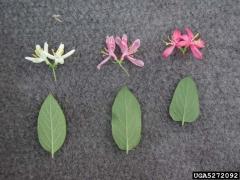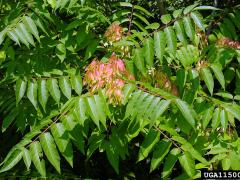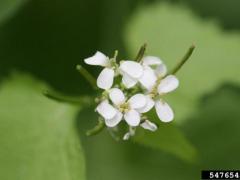Statewide Invasive Plant Phenology Monitoring Project
The VT FPR Invasive Plant Program is asking you to send in photos of invasive plants through the winter period to add to the dataset. Your photos can help increase our collective understanding of invasive plant phenology.


